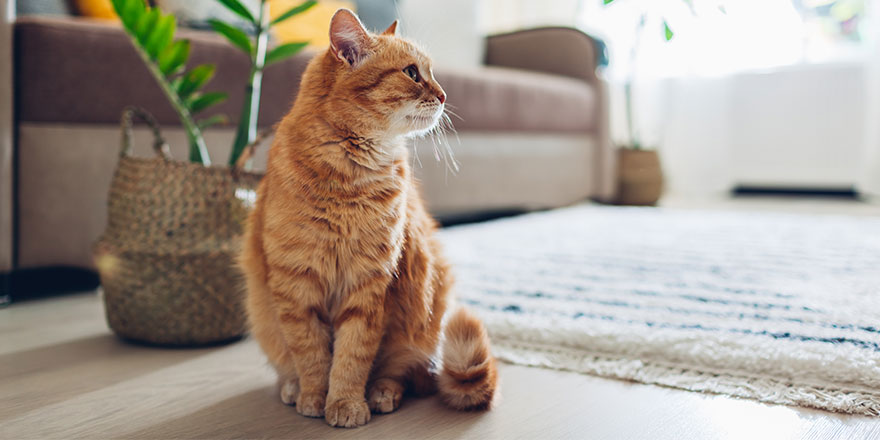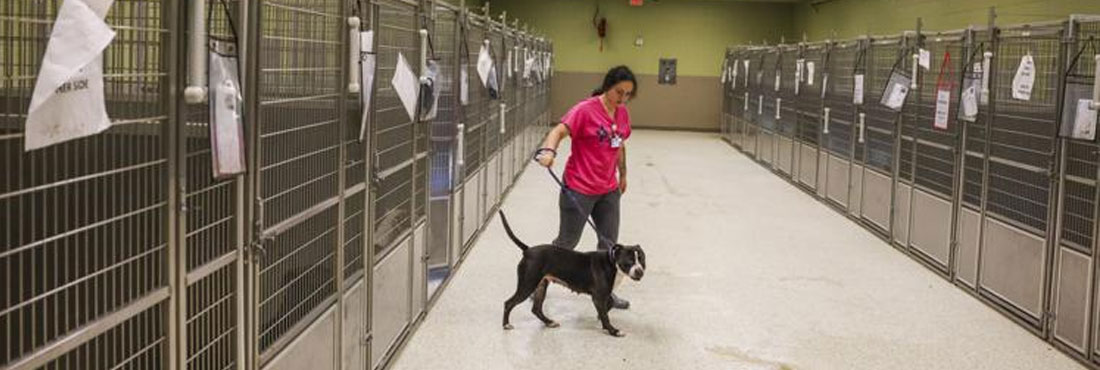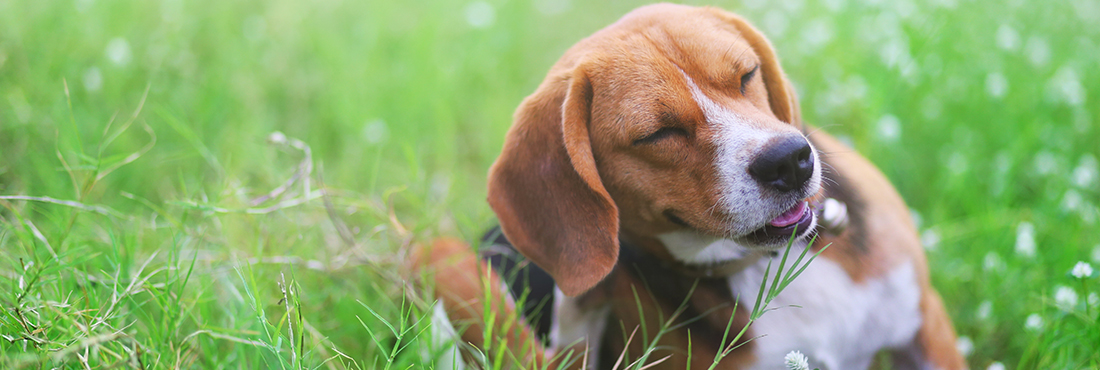Cats are curious creatures so it’s natural for people to want to learn more about what makes them tick. In particular, what we can do to bond with these seemingly mysterious animals.
In addition to an ongoing study revolving around cats’ behavior around other felines, scientists have now begun work on the socialization of cats through their owner’s eyes. The purpose of the study is to better understand and potentially strengthen, the relationship between cats and their owners. In addition to this, scientists aim to understand what training strategies cat owners are currently aware of and have access to.
Since new dog owners frequently enroll their new puppies or rescues into socialization training it’s easy to forget that kittens also require a method that will help them adjust to new people, things, and surroundings. If they don’t, they can often become recluses and develop anxieties when they feel they are being pushed from their comfort zone.
Cats are typically known to be independent and somewhat aloof but early socialization can help kittens develop into well-adjusted adult cats. Socialization may also significantly reduce anxiety in cats when introduced to new objects, places, people, and even other pets.

Ongoing Study of Cats
During the fall of 2021, scientists also from the Animal Welfare Epidemiology Lab at the University of California Davis began to conduct similar research. This involved recruiting cat owners who owned precisely two felines. These owners were then put to work watching various cat videos on the internet.
In essence, scientists want to learn how well these cat owners understand feline body language. These videos revolve around the positive and negative interactions between cats so volunteers would rate the interactions based on their present knowledge of cat behavior. Scientists were particularly interested to see how well they were able to identify a potential conflict between the cats shown in the videos.
So, Where Do I Sign Up?
Scientists are in need of around 2,500 survey responses from individuals that match the criteria and are looking to share the results after 12 to 18 months of analysis.
So if you’re a cat owner in the US and like the sound of helping scientists learn more about our feline friends, you can take part in the simple survey. For eligible volunteers, the survey should take anywhere between 10-15 minutes to fill out. Find the survey link here.
What’ll Happen After?
Once the responses to the surveys have been processed and analyzed, scientists hope to share the results with the public, cat behaviorists, and even with shelters. This is so those who are passionate about felines can get access to kitten and adult cat socialization resources.
This study seems especially promising for those who wish to rescue a cat as opposed to getting a new kitten. This is because owners of rescues will then be supplied with resources made to help their new feline adapt comfortably to new surroundings, people, and way of life.







